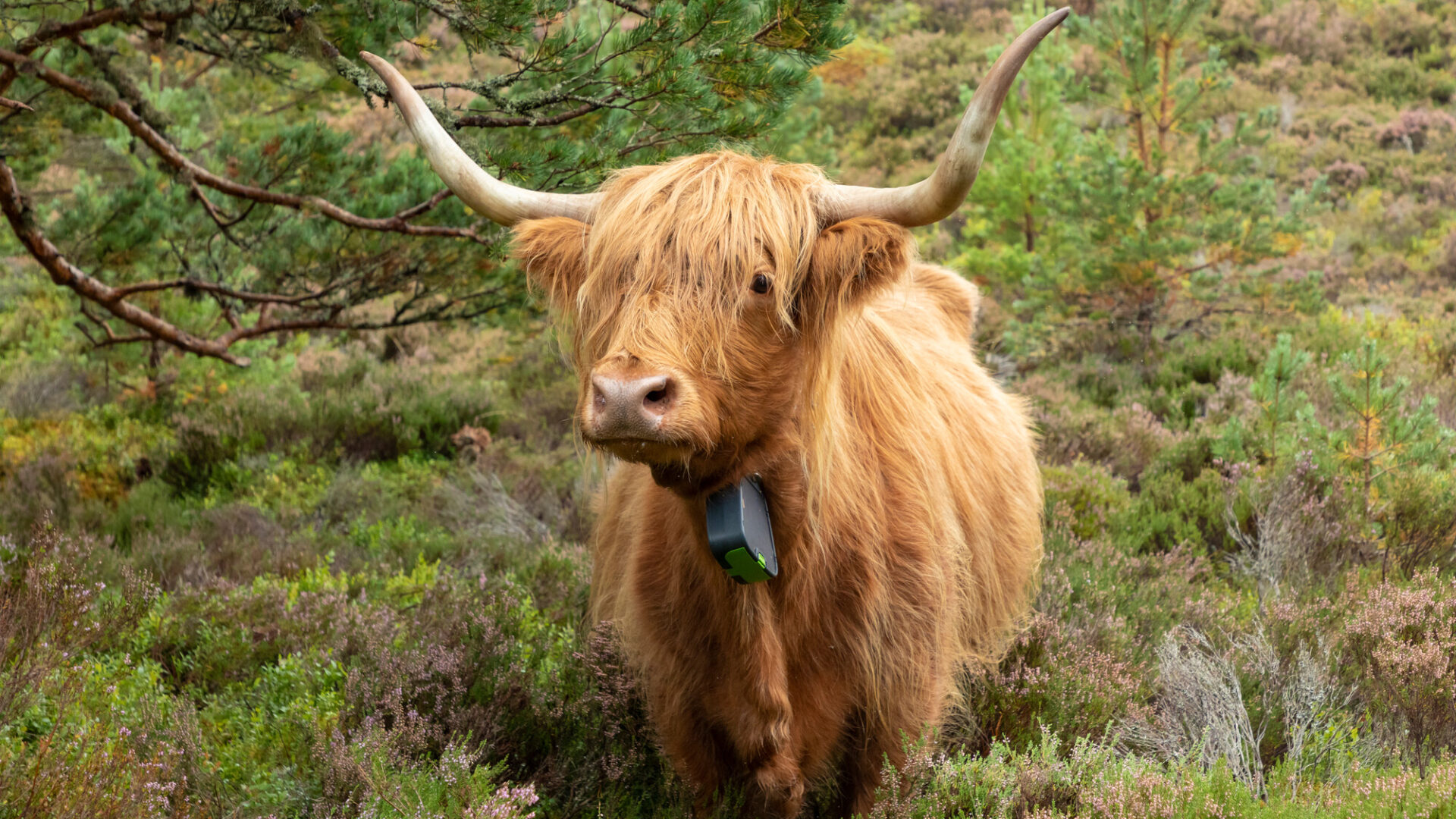
LookWild: Cows and capercaillie – a natural alliance
-
Date posted: 28/10/2025
-
Time to read: 4 mins
With numbers of an iconic bird of Scotland dropping to a historic low, conservationists are turning to an unlikely-seeming ally to help – cows.
Cattle in a forest might not sound like the obvious way to save one of the UK’s rarest birds, but in the Cairngorms National Park, it’s proving to be an inspired conservation strategy to help capercaillie.
This extraordinary woodland bird – the world’s largest grouse – depends on open, sunlit forest floors rich in food plants, insects and boggy areas. Over recent decades many pinewoods have grown dark, dense and uniform, making it harder for capercaillie to survive. Now, an unlikely ally is stepping in to help: cattle.
The lost heavy herbivores
Centuries ago, Scotland’s forests were shaped by large grazing animals like moose and aurochs, an ancestor of our domestic cattle. These heavy herbivores broke up dense vegetation, let light in, and created boggy ground and bare patches of soil.
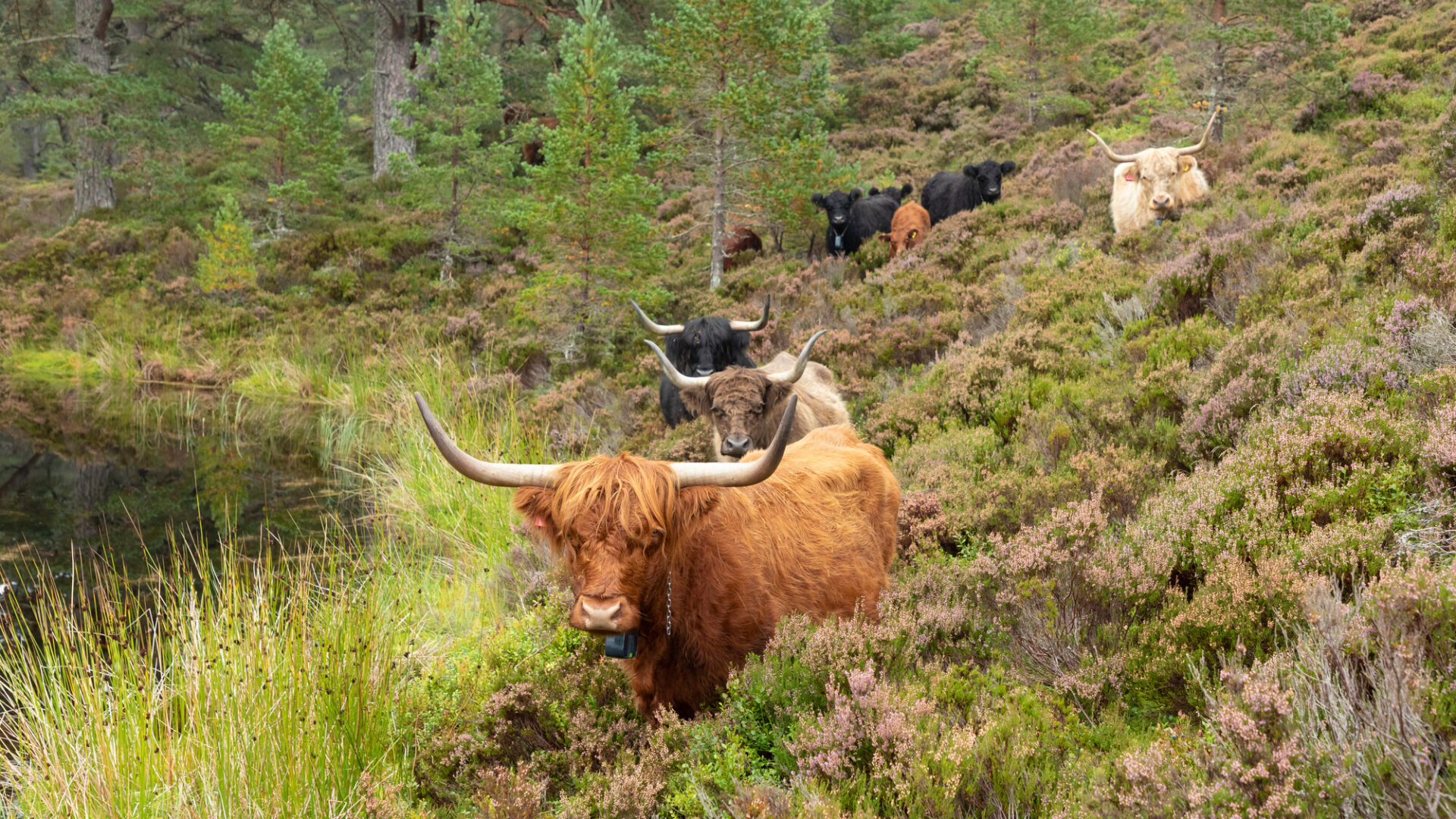
When humans hunted them to extinction, this natural disturbance vanished. Red and roe deer remain, but they don’t create enough of the ground disturbance needed to keep woodlands open, unless their numbers are so high that young trees can’t grow at all.
The consequences are clear: without bare soil, tree seeds struggle to germinate. There’s less food for insects and fewer warm, sunny spots for young capercaillie chicks, which rely on warmth and invertebrates during their first weeks of life.
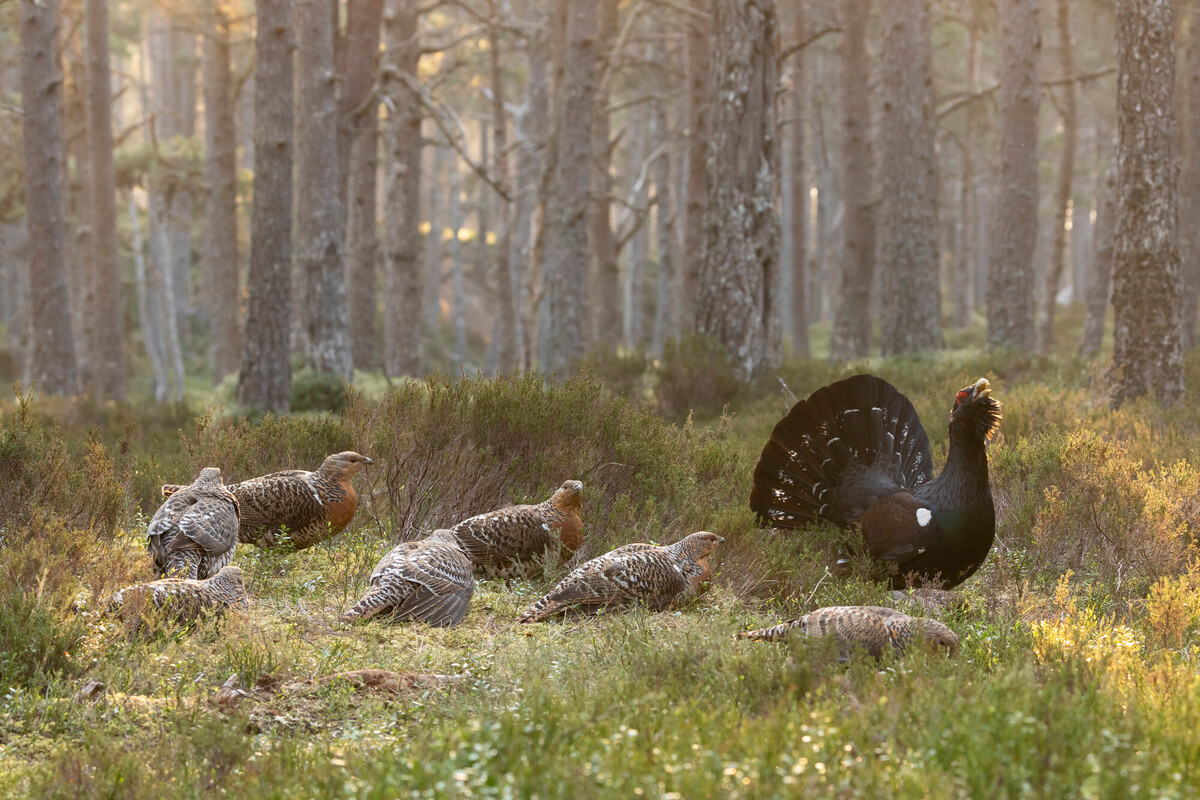
With the UK population now at a historic low of around 500 birds, urgent action is needed.
Bringing variety back to the forest
The Capercaillie Emergency Plan, led by the Cairngorms National Park Authority and NatureScot, is backing practical measures to bring movement and variety back to the forests – including the reintroduction of cattle grazing.
The idea is simple but powerful. Cows act as natural forest managers. Their hooves break through thick carpets of moss and heather, creating patches of bare ground. Their grazing lets light reach the forest floor, and their dung fuels a surge of insect life, enriching the wider ecosystem.
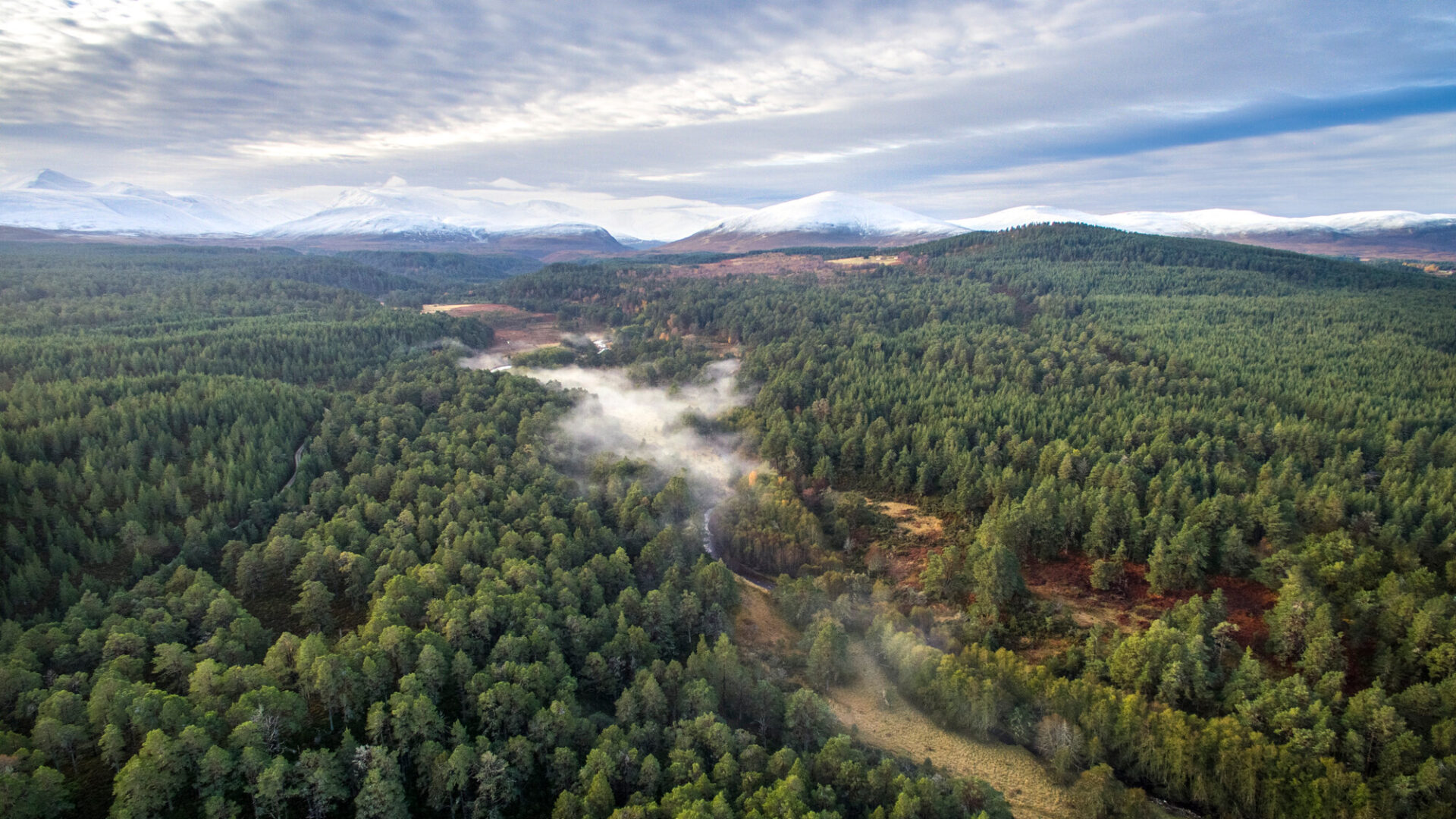
In the RSPB Abernethy Nature Reserve, the results have been encouraging. Despite concerns about ticks, harsh winters and remoteness, cattle have settled in well. Their presence is already changing the structure of the forest floor, creating the varied habitat that capercaillie and many other species need.
Reviving natural processes
The work is carefully planned with local graziers to protect sensitive areas. Hardy breeds like Shorthorn, Highland cattle, and some Aberdeen Angus, are used for their resilience. Mineral licks encourage the animals to explore the forest, while cob nuts and barley straw keep them healthy over winter.
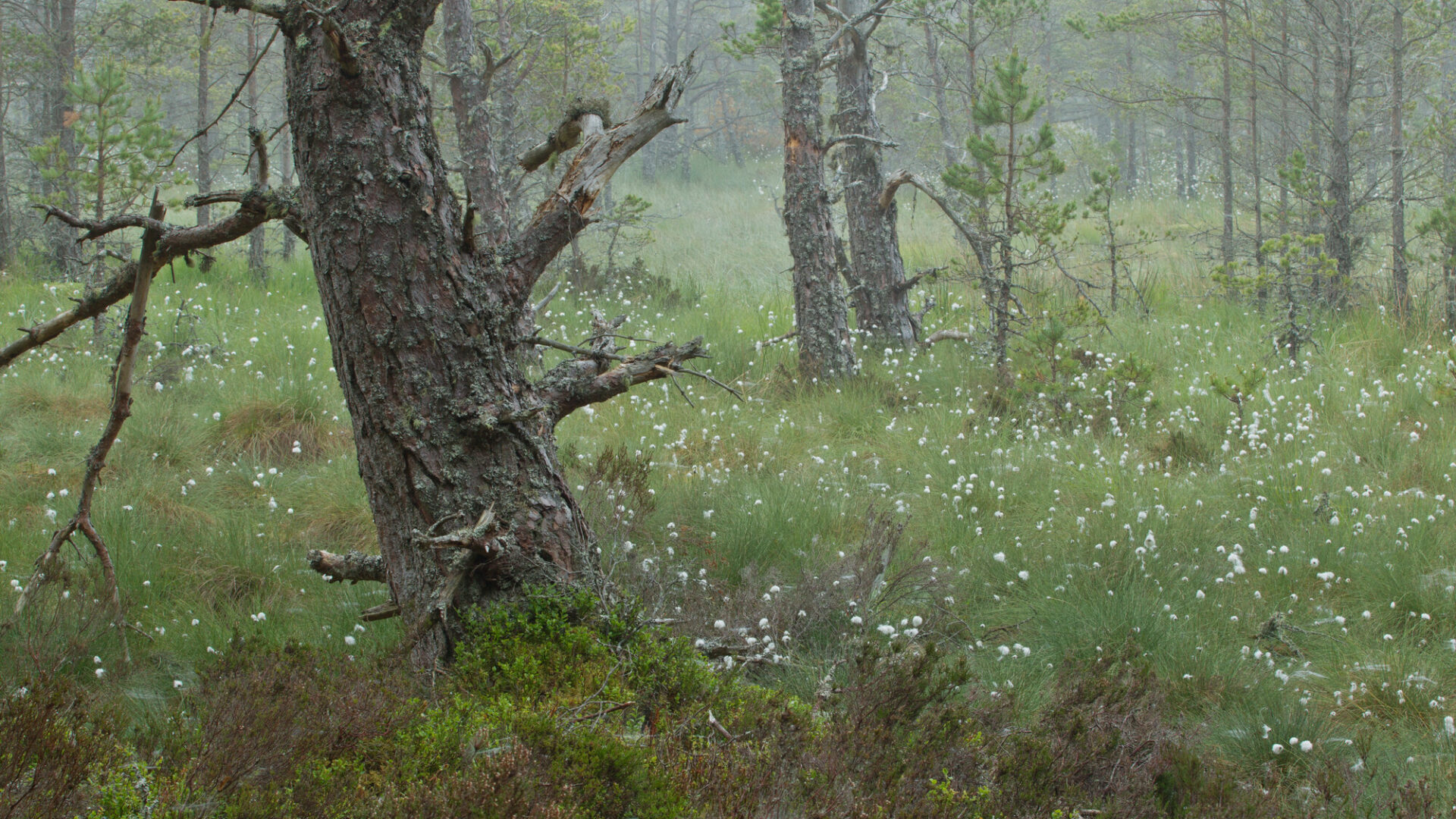
Crucially, the cows wear GPS collars instead of being contained by fences. The collars, programmed via a smartphone app, create a virtual boundary. When a cow approaches, a warning beeps to encourage it to turn back – avoiding the need for physical fences that pose a collision risk to capercaillie.
This isn’t about turning forest into pastureland; it’s about using grazing animals to bring back lost natural processes. By reintroducing disturbance in a controlled way, these woodlands can become more vibrant, more resilient and better suited to the species that depend on them – like capercaillie.
Sometimes, conservation needs high-tech solutions. Sometimes, it just takes hungry cows.

